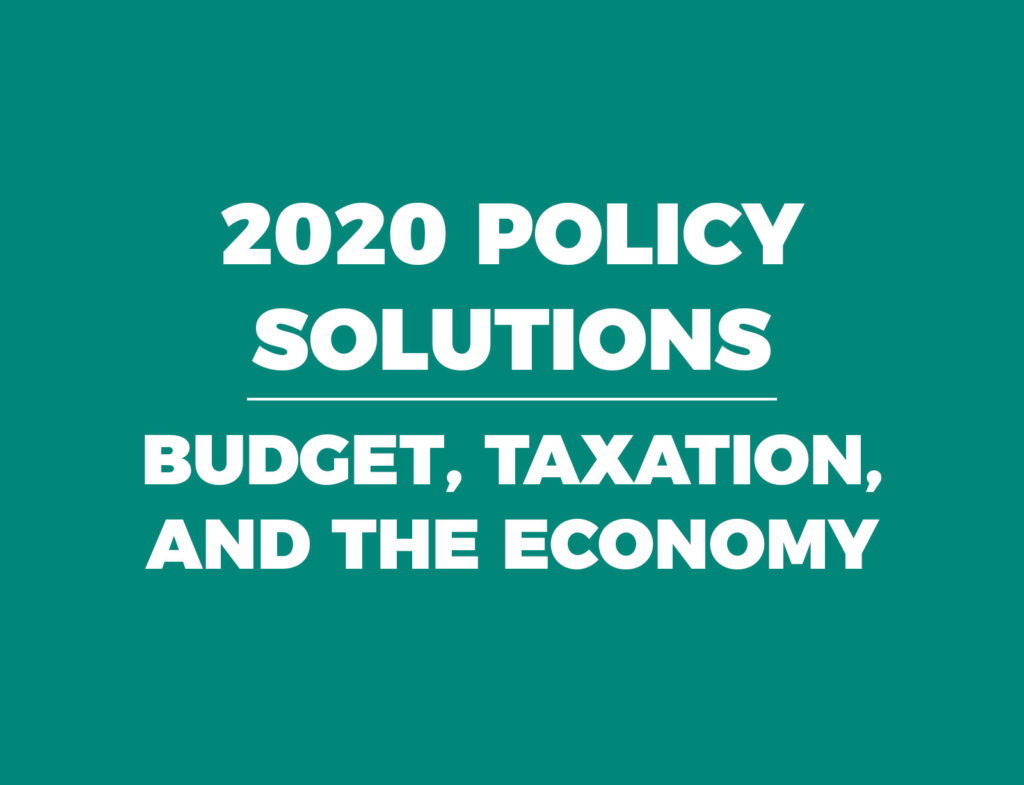Introduction
The popular perception is that state government is responsible for overseeing the funding, maintenance, and construction of school district facilities. Nevertheless, state law clearly states that “it shall be the duty of the local boards of education to make provisions for the public school term by providing adequate school buildings equipped with suitable school furniture and apparatus.”
Furthermore, county commissions have the primary responsibility of funding school district facilities within their jurisdiction. According to state law, “The needs and the cost of those buildings, equipment, and apparatus, shall be presented each year when the school budget is submitted to the respective tax-levying authorities. The boards of commissioners shall be given a reasonable time to provide the funds which they, upon investigation, shall find to be necessary for providing their respective units with buildings suitably equipped, and it shall be the duty of the several boards of county commissioners to provide funds for the same.”
As part of their joint responsibility, local government officials collaborate with boards of education to oversee the funding, construction, renovation, and maintenance of school district facilities. In most cases, county commissions and local boards of education accept discrete responsibilities for school facilities. School districts manage the school facilities program, while county commissions finance it. County commissions may allow local boards of education to build schools on property owned by the county. Commissions also have the power to acquire property on behalf of a board of education, as well as to construct, equip, expand, improve, or renovate property for use by a local school system.
To fund school facility projects, county commissioners approve debt financing in the form of certificates of participation and installment purchase contracts (neither of which require voter approval) or general obligation bonds (which require voter approval). The state also permits local governments to impose local option sales taxes and other supplementary taxes to pay for school facilities.
Given the importance of school facilities and the considerable expense involved in building and maintaining them, it is critical that county commissions and school boards spend capital dollars wisely, utilize efficient building practices, and adopt innovative solutions to ensure that all children have an adequate learning environment.
Key Facts
- Since 1995, North Carolina’s local governments have spent over $15 billion on school facilities, an average of nearly $655 million per year. Locally funded capital expenditures represented 87 percent of all public school capital spending in the state.
- The state legislature occasionally provides state funds for school facilities. Since 1949, the North Carolina General Assembly has passed one facilities appropriation bill and five state school bonds. The legislature approved the last statewide facilities bond in 1996. In 2019, Gov. Roy Cooper proposed borrowing $2 billion for school capital projects.
- There are three primary sources of state funds for school facilities: a portion of corporate income tax (ADM Fund), state lottery revenues, and local option sales taxes. The ADM Fund has a balance of around $90 million per year. School districts receive a share of approximately $100 million in North Carolina Education Lottery funds for school construction and repair annually. All counties levy two one-half cent additions to the state sales tax with 30 percent and 60 percent, respectively, going to schools. Counties may also levy either an additional one-quarter cent sales tax or a land transfer tax for school facilities.
- In 2017, the North Carolina General Assembly established the Needs-Based Public School Capital Fund, which allocated North Carolina Education Lottery funds totaling $30 million in 2017 and nearly $141 million in 2018 to low-wealth (Tier 1 or Tier 2) counties for new school construction.
- In 2019, legislators proposed setting aside $1.9 billion over 10 years in a pay-as-you-go fund called the State Capital and Infrastructure Fund (SCIF). The SCIF would provide additional state funds for school facilities.
Recommendations
- Local governments should minimize the amount of debt incurred for school capital expenses. A short-term need for additional classroom space or building repair must be weighed against the fiscal implications of assuming long-term capital debt. Planning for these obligations should include a thorough examination of current and projected revenue streams, student enrollment, population, and the county’s financial obligations. Local government officials can then determine whether the county’s tax base will support years of debt service payments. It will also provide an opportunity to consider deferring the project(s) under consideration or building up a reserve fund.
- Local governments should encourage school districts to use proven, cost-efficient solutions that do not burden county taxpayers and that enhance educational opportunities for students. Every year, county commissions dedicate millions of local taxpayer dollars for debt service to maintain unnecessarily costly school construction programs. Public/private partnerships, adaptive-reuse buildings, ninth-grade centers, satellite campuses, and virtual schools allow school districts to increase school building capacity faster and more cheaply than conventional school construction and renovation methods permit.
- Lawmakers should allow municipalities and counties to support the capital needs of charter schools within their jurisdictions. Public charter schools do not receive capital funds from the state or local government. Elected officials should have the option of adding capital funding for charter schools into their annual appropriations or when incurring debt for capital outlay.



